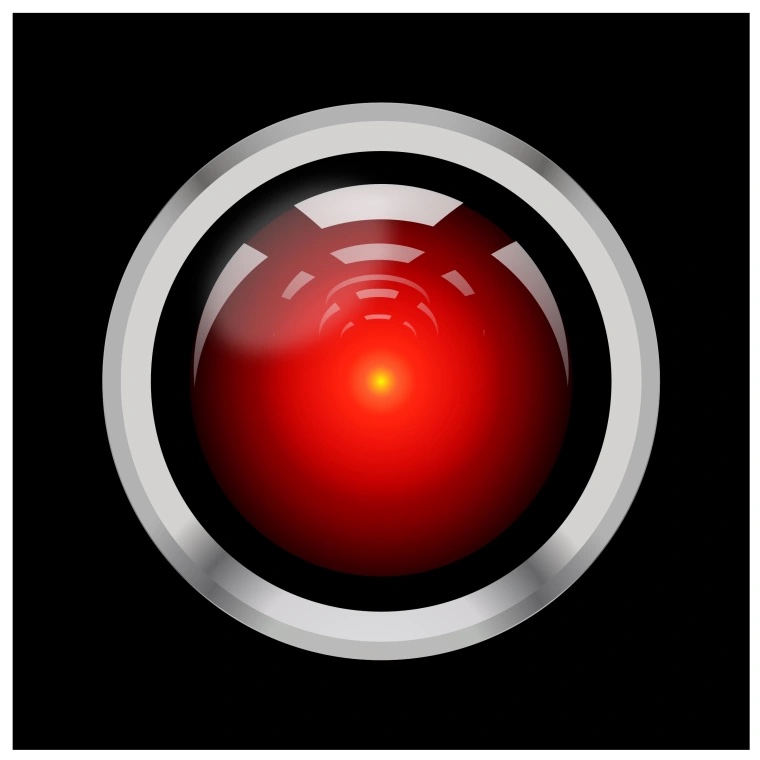In NOEMA’s article, the authors brought up the issue of labor exploitation in the process of training AI and related fields of machine learning. It is not as neat and clean or high-grade technology as it appears to be, but rather an inhuman and capitalistic machine fueled up with millions of human bodies who are forced to work. Employees are turned into machines – they need to work under strict surveillance and will bear punishment such as layoff if not follow the rules or are detected by the automated tools.
This reminds me of the concept of “Fordism” which was discussed in my FILM 403 The Biz class when we talked about the Hollywood production culture. Fordism applies to the assembly-line-like manufacturing system that involves breaking down production processes into small, repetitive tasks. Then it uses moving assembly lines, dedicated machinery, and semiskilled labor to produce standardized goods at low costs. Fordism then taps into the filmmaking industry in which the production process is broken into parts and distributed among different crew members, and they perform simplified and routinized work, allowing for greater supervision. Works such as logging numbers of shots or pulling up the boom mike can all seem, to a varying extent, monotonous and fatiguing.
The upside of such a production model is that through the division of labor, it promotes a “virtuous” cycle of mass production and mass consumption, and through the unionized format it deepens the hierarchy on the set so that there is little room for deviation and lack of control. The downside is also very obvious, similar to what we have seen in the AI exploitation scene, that is to derail those workers who do not have the right to speak and sabotage their working conditions in the name of creating better films or advancing artificial intelligence.
What is the main driver of people doing this? It seems like the cases of labor exploitation can be dated back to centuries ago when slavery was the latest “craze”. I think it might come down to the basic economic principle of cost-minimization and efficiency (profit) maximization. When you can have Syrian refugees help with labeling data for the image recognition systems in self-driving vehicles at the cost of $1.46 per hour after tax, why bother hiring a CMU Applied Math graduate as a data scientist with an annual payroll of six figures?
This bridges to what James Bridle touched on in his The New Dark Age. The polarity of entities between those who took advantage of the technology and those who are mistreated and silenced in part of the making of the machine reveals the power dynamic under a systematic convention. “… machines reveal the systemic inequalities still present within today’s technological workforce, where those developing and testing the systems are still predominately white.” Before considering the ownership of thinking and development of cognition for a machine, it is more urgent to prevent degrading humans into machines and “train” them the way to benefit the privileged few.

Leave a Reply